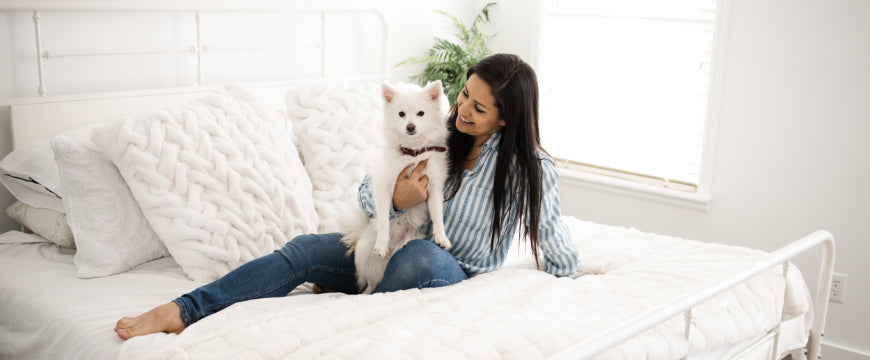
Can body temperature affect sleep?
In bed, many of us are no stranger to flipping the pillow over and over again to feel the relaxing coolness of the other side...until it quickly warms up again, moving the cycle forward.
An extended period of pillow-flipping is often the result of feeling too hot to sleep properly, whether it’s due to the temperature of our room or our bodies. Even if the blankets and pillows are at the right amount of fluff, too much or too little heat often impedes our ability to fall asleep.
Since your body is typically cooler than usual while you’re sleeping, a heightened body temperature is subconsciously associated with being awake and alert. That’s because on a normal day, your hypothalamus drives up your body temperature by a subtle 2 degrees Fahrenheit in the hours after you wake up.
Too much heat doesn’t just keep you tossing and turning, but also influences how long you spend in different stages of sleep. A higher body temperature has been linked to lower quantities of restorative slow-wave sleep.
Here’s some ways you can keep your body temperature at the right level for falling asleep when you need to: